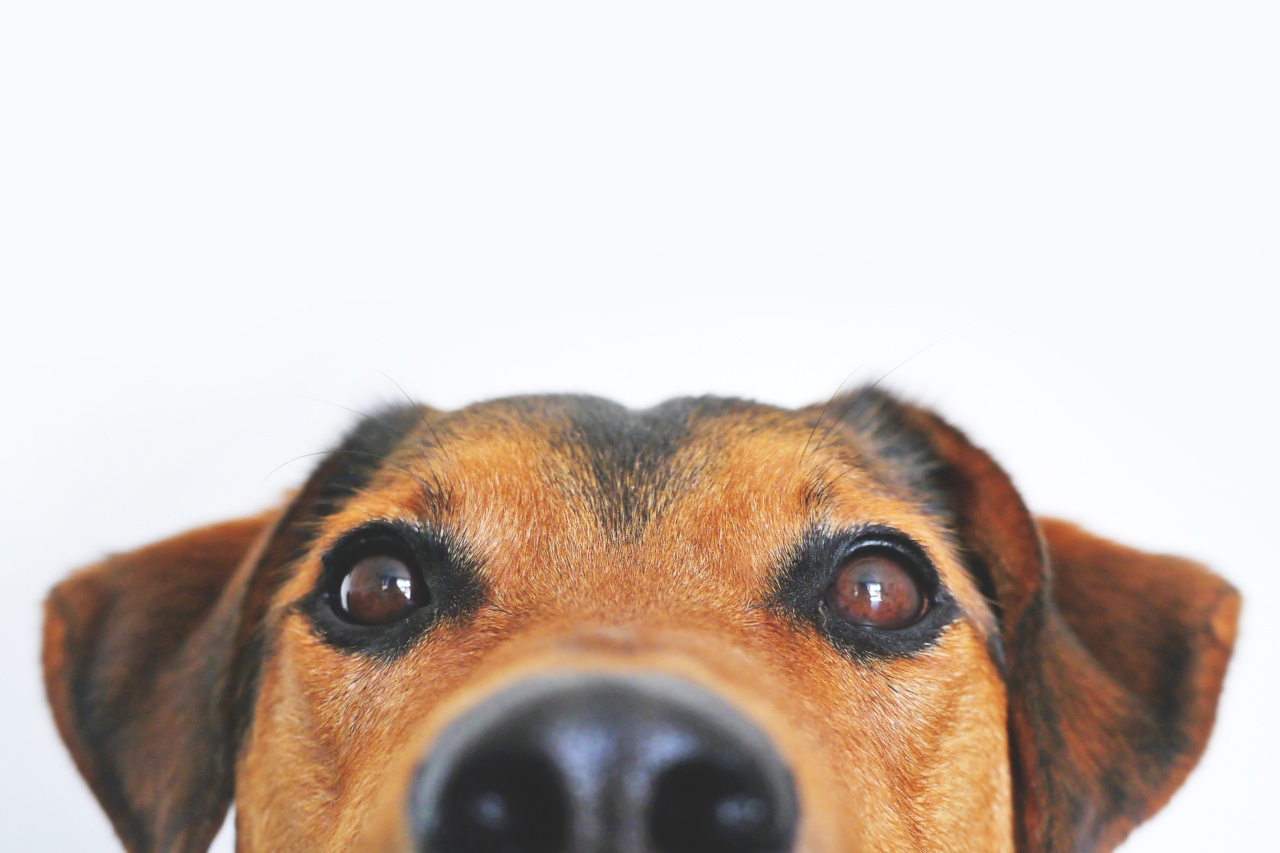Hypertension, or high blood pressure, is a common medical condition that affects millions of people worldwide. It occurs when the force of blood against the walls of your arteries is too high, making your heart work harder than it should.
While hypertension often goes unnoticed without symptoms, it can lead to serious health problems like heart disease, stroke, and kidney damage if left untreated.
Fortunately, there are several ways to diagnose hypertension, and one of them is by examining your eyes.
In this article, we’ll discuss how your eyes reveal the truth about hypertension and why regular eye exams are essential for managing this condition.
Understanding Hypertensive Retinopathy
When you have uncontrolled hypertension, the increased pressure of blood against the walls of your arteries can cause damage to your blood vessels. This damage can affect your eyes, resulting in a condition called hypertensive retinopathy.
Hypertensive retinopathy occurs when the tiny blood vessels in the retina, the light-sensitive layer at the back of your eye, become damaged or blocked.
The retina is a critical part of your eye because it helps you see and sends visual signals to your brain. When the blood flow to your retina is disrupted, it can lead to vision problems and even blindness.
In the early stages of hypertensive retinopathy, you may not notice any changes to your vision. However, as the condition progresses, you may experience symptoms like blurred vision, double vision, and headaches.
How Eye Exams Can Detect Hypertension
Regular eye exams are essential for detecting hypertension and other eye problems early on. During an eye exam, your eye doctor will examine the blood vessels in your retina to see if there are any signs of hypertensive retinopathy.
Your doctor may use several techniques to look at your retina, including:.
- Dilated eye exam: This is the most common technique used to examine the retina. Your doctor will put drops in your eyes to dilate your pupils, allowing them to see the back of your eye more clearly.
- Optical coherence tomography (OCT): This is a non-invasive imaging test that uses light waves to take detailed pictures of your retina. OCT can detect changes in the thickness of your retina, which can be a sign of hypertensive retinopathy.
- Fluorescein angiography: This is a diagnostic procedure that uses a special dye to highlight the blood vessels in your retina. Your doctor will take pictures of your retina as the dye circulates through your blood vessels, which can help them see any damage or blockages.
If your eye doctor detects signs of hypertensive retinopathy during your eye exam, they may refer you to a specialist for further evaluation and treatment.
Other Ways Your Eyes Can Reveal High Blood Pressure
Aside from hypertensive retinopathy, there are other ways your eyes can reveal the truth about hypertension. Here are some signs and symptoms to look out for:.
- Blood spots: If you notice small, red dots on the white part of your eye, this could be a sign of subconjunctival hemorrhage. This condition occurs when small blood vessels in your eye burst from the force of high blood pressure.
- Blurred vision: High blood pressure can cause the blood vessels in your eyes to narrow or become blocked, leading to blurry or distorted vision.
- Eye pain: If you experience sudden eye pain or redness, this could be a sign of acute angle-closure glaucoma, another condition associated with high blood pressure.
- Optic neuropathy: High blood pressure can damage the optic nerve, which is responsible for transmitting visual information from your eye to your brain. This can lead to optic neuropathy, a condition that can cause vision loss or blindness.
If you notice any of these symptoms, it’s important to see an eye doctor right away. While these symptoms may not always be a sign of hypertension, they can still indicate underlying health problems that require medical attention.
Preventing and Managing Hypertension
While hypertension is a serious condition, there are several ways to prevent and manage it. Here are some tips:.
- Eat a healthy diet: A diet low in fat and salt and high in fruits, vegetables, and whole grains can help lower your blood pressure.
- Exercise regularly: Regular physical activity can help reduce your blood pressure and improve your overall health.
- Reduce stress: Stress can raise your blood pressure, so finding ways to relax and manage stress, like meditation or yoga, can help.
- Quit smoking: Smoking can increase your blood pressure and put you at risk for many health problems, so quitting smoking is essential.
- Take medication as prescribed: If your doctor prescribes medication to manage your hypertension, make sure you take it exactly as directed.
Regular eye exams are also crucial for managing hypertension and preventing complications like hypertensive retinopathy. If you have high blood pressure, make sure you schedule regular checkups with both your eye doctor and your primary care physician.
Conclusion
Your eyes are more than just windows to your soul. They can also reveal important information about your health, including your blood pressure.
Hypertension is a common condition that can lead to serious health problems, but with early detection and proper management, you can stay healthy and avoid complications. Schedule regular eye exams with your eye doctor and take steps to prevent and manage hypertension to ensure a healthy future for your eyes and your overall health.




























